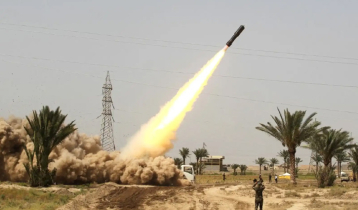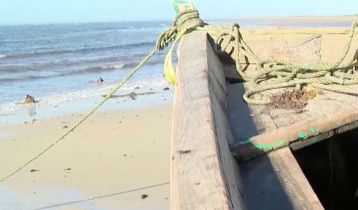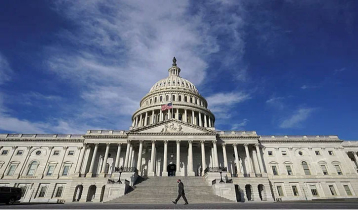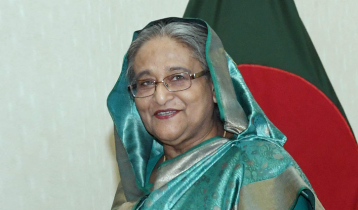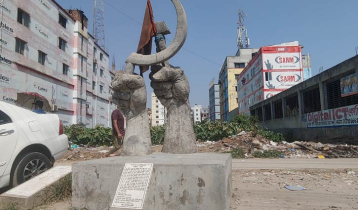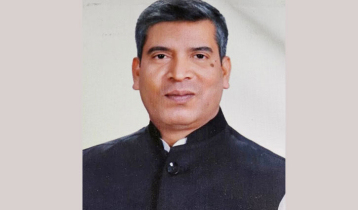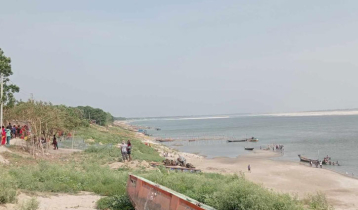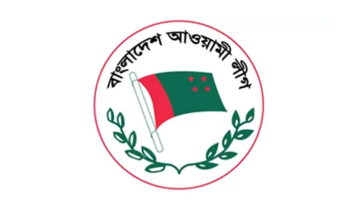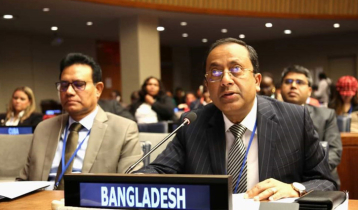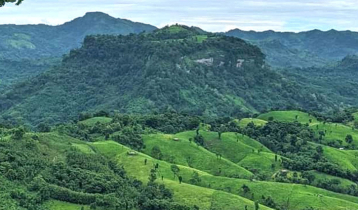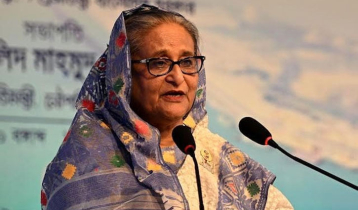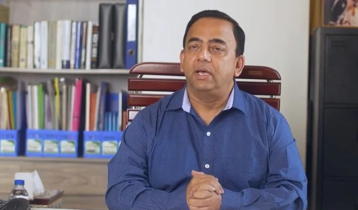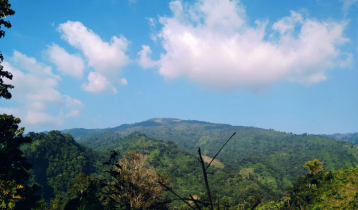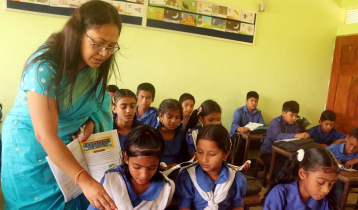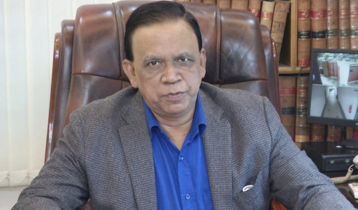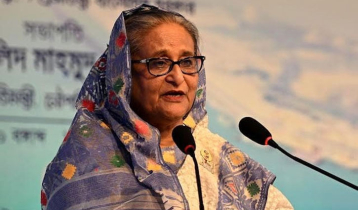45 million people across Southern Africa face hunger
8 || risingbd.com
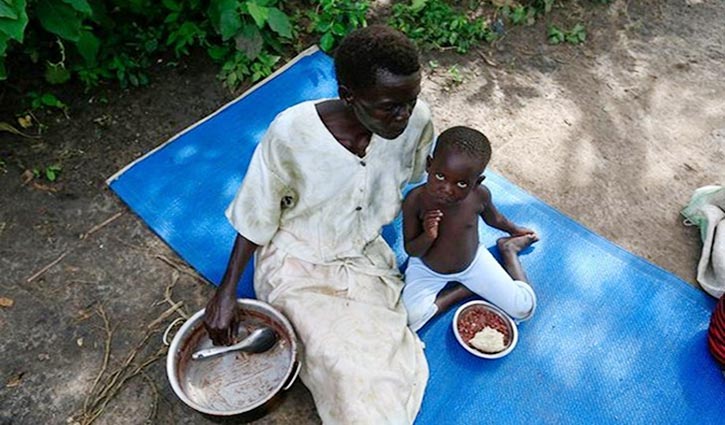
Southern Africa is in the throes of a climate emergency, with hunger levels in the region on a previously unseen scale, the UN has warned.
Years of drought, widespread flooding and economic disarray have left 45 million people facing severe food shortages, with women and children bearing the brunt of the crisis, said the World Food Programme (WFP).
Zimbabwe is already facing its worst hunger emergency in a decade, with 7.7 million people – half the population – acutely food insecure. But there is evidence the situation has “deteriorated significantly” over the past few months.
About 20% of people in Zambia – a regional breadbasket – and Lesotho face acute food insecurity, as does 10% of the population of Namibia, WFP said. The crisis has been aggravated by surging food prices, large-scale livestock losses and rising joblessness.
The 16 nations in the Southern African Development Community, a region identified as a climate “hotspot” by the Intergovernmental Panel on Climate Change, have experienced only one normal growing season in the past five years. Seasonal rains have been late in many countries and UN experts predict, with 60% certainty, that another bad harvest is due in the coming months.
Central and western areas have been hit by the worst drought in 35 years during the growing season.
“The hunger crisis is on a scale we’ve never seen before and the evidence shows it’s going to get worse,” said Lola Castro, WFP’s regional director for southern Africa. “The annual cyclone season has begun and we simply cannot afford a repeat of the devastation caused by last year’s unprecedented storms.”
Last March, Cyclone Idai hit Mozambique, Malawi and Zimbabwe, leaving 900 people dead, thousands displaced and more than 1 million short of food. Cyclone Kenneth hit Mozambique six weeks later.
“While our most pressing priority is the millions in need of immediate support, building the resilience of the many more threatened by increasingly frequent and destructive droughts and storms is absolutely essential,” Castro said.
WFP plans to provide lean season assistance to 8.3 million people struggling with “crisis” or “emergency” levels of hunger in eight of the hardest-hit countries: Zimbabwe, Zambia, Mozambique, Madagascar, Namibia, Lesotho, Eswatini (formerly Swaziland) and Malawi.
Eddie Rowe, WFP’s country director for Zimbabwe, said the agency had carried out its own, unofficial assessment of the food security situation in the past week.
Commodity prices have risen sharply, and a network of “transporters” have sprung up on the borders, with relatives sending food parcels from bordering countries into Zimbabwe, Rowe said. Kiosks for money transfers have also popped up in rural areas, suggesting people are increasingly reliant on remittances from abroad, which in 2018 were worth about £980m, he added.
“The remittances are cushioning the effects of climate, the drought and the economic situation,” Rowe said. But he warned: “There are clear indications that the situation has deteriorated significantly.”
The number of districts assessed by the WFP as food insecure has doubled, from nine in August to 19 now. An additional 1.1 million people are believed to be facing acute malnutrition.
Agencies
Dhaka/Nasim
risingbd.com





